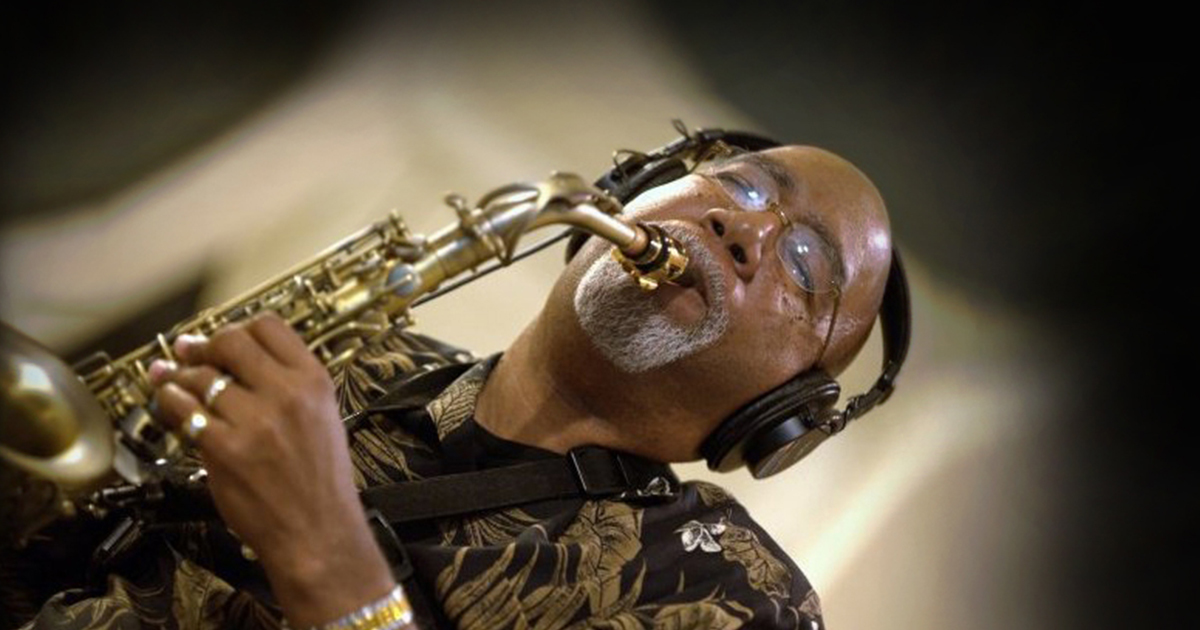Articulation: Defining and Refining for Musical Performance
by Ronald E. Kearns
Date Posted: August 23, 2017

Articulation is the key to an accurate stylistic performance. This article will address some basic concepts for single reed articulation. For the purpose of this article, articulation is defined as the way notes are attacked and released.
Single reed players should be able to perform these five articulations, all of which are basic to good classical and jazz style:
- Staccato - Short and detached
- Tenuto - Note held full value until the start of the next note
- Marcato - An accented short and detached note sometimes referred to as a “bell tone” in classical style and a “bop” note in jazz style. In each case the note has an accented beginning and quick decay.
- Legato - A slurred note; notes that fall under a slur mark should not be tongued except for the first note under each slur mark.
- Accent – A full value note that begins with a heavy attack; the decay is determined by the duration of the note.
For single reed players, tongue placement is especially important for accurate articulation. The most difficult thing for directors and private teachers to detect is where the student’s tongue is positioned in the oral cavity. You can “hear” when the tongue is in the best position, but in order to find the best position we must depend on the student “feeling” where the tongue should be placed. If the tongue is in the wrong “start position,” accurate articulation will not be achieved.
There are differences in tongue placement for clarinet and saxophone. Most clarinetists agree that tonguing is vertical – the tip of the tongue touches just under the tip of the reed. Saxophone articulation is different due to the angle of the mouthpiece. Most saxophonists tongue from a spot farther back – behind the tip of the tongue.
Good air support is also essential to good articulation. Be sure that your students do not stop the airflow when tonguing. If they do, the reed will stop vibrating. Use the analogy of a lawn sprinkler system: when watching a sprinkler system the water stops and starts in spurts; the steady flow of water is interrupted by a divot on a spring that is forced down by the water pressure and springs back up interrupting the flow. In correct articulation the tongue acts in a similar way. We move the tongue into the reed to interrupt the air flow. Where we place the tongue determines the type of articulation we achieve. The tongue should never block the air flow. Most “squeaks” come from the reed’s vibration being completely stopped.
The character of a phrase can be determined by articulation. For example, how we attack the first note of a phrase determines how the listener perceives the phrase. Whatever the style, be sure your students understand the style and maintain it consistency throughout each musical statement.
The various nuances of articulation must be determined by the style or genre of music and can not be adequately covered in a generalized article, but if directors use some of the basic principles covered here, there is a starting point for the discussion on articulation that is necessary for affective playing and performance. As always, listening is the key to accurate musical interpretation.
Ron Kearns is a performer, conductor, composer/arranger, record producer and educator.
Ron has performed with Ernie Andrews, Stanley Turrentine, Rick Henderson and Kenny Reed. He has performed at the world-renowned Blues Alley Jazz Supper Club, London's 100 Club and the John F. Kennedy Center for the Performing Arts. His CDs, Hand Prints, The Ron Kearns Quintet, Live! at Blues Alley--Blues in the Alley and Looking Back, Stepping Forward (with special guest, Buck Hill) are being played on CMJ and Jazz radio stations in the United States and Canada.
As a producer, Mr. Kearns has produced albums/CDs for Candid Records, LTD, London, England, FOXHAVEN RECORDS, Jazz Karma Records and Tiffany Records. He has written liner notes for several recordings and has published articles on jazz production and performance.
Ron is a Vandoren performing artist and the author of Quick Reference for Band Directors and Recording Tips for Music Educators.
Subscribe to the We Are Vandoren E-newsletter (WAVE) to receive 4 weekly articles for Performers, Students, and Educators